| Free Shipping on Most Orders Over $100 Motorcycles Stock Replacement Parts Accessories MEMORIAL DAY This Memorial Day, we pause to honor the heroes who gave everything for our freedom. While we cherish time with loved ones, we’re also celebrating their legacy with gratitude—and a special offer to help you enjoy the moments they fought to protect. SALE ENDS 05/31/2025 Save $800 Cafe Racers & Scramblers!   SHOP SG250’S NOW Save $1,796 On The ES5 Electric Scooter!  SHOP ES5’S NOW Save $900 On The Monterey!  SHOP MONTEREY’S NOW  SHOP TT250’S NOW 20% OFF! Parts and Accessories Take up to 20% OFF our already ridiculously low prices on your favorite products – PLUS free shipping for most orders over $100 Discount applies at checkout. SHOP THE SALE SALE ENDS 05/31/2025 *Sale excludes already discounted items. Some exclusions apply.     Check Out Our eBay Store for Some Blow-Out Sales!  We work on all CSC Motorcycles! 📞Give us a call today to schedule your service!  📞Give Us A Call To Schedule Service CSC Motorcycles 1200 Mountain View Circle Azusa, CA 91702 |
Is a “scrambler” the motorcycle that BEST matches your riding style?
Many motorcycle brands are now offering models marketed as “scramblers”.
Motorcycles as large as 1,000cc and 1250cc have been restyled from street bikes and labeled as scramblers to cash in on the current popularity. Road bikes from names like Moto Guzzi, BMW, Triumph, Ducati and even Harley Davidson are trying to grab a share of the market. Custom bike builders are producing expensive “scramblers” for movie stars. Backyard mechanics are chopping up motorcycles from the 1980’s.

But what makes a motorcycle a “scrambler”?
To answer this question, you need to go back to the 1950’s and early 1960’s when you only had one choice when buying a motorcycle.
Back then, ALL motorcycles were street bikes. The first motorcycles carried the iconic British brands of Triumph, Norton, BSA, and Royal Enfield. By the mid-1960’s, the first street motorcycles from Japanese manufacturers like Honda and Yamaha had entered the scene.
These first motorcycles were heavy and under-powered.
When riders wanted higher performance, the first and easiest improvement was simply stripping off as much weight as possible. Riders ditched fenders, mirrors, racks, luggage, passenger seats, and every piece of chrome they could. The weight reductions were then paired with tweaks to the engine and exhaust.
Modifications were immediately apparent since 125cc, 150cc, and 200cc motors were the most common in these first motorcycles.
Of course, as soon as you make any performance improvements to your motorcycle, you need to test the results. And what better way to test your motorcycle than to challenge someone to a race?
And the “Café Racer” was created!
Motorcycles were adopted by young people who couldn’t afford hot rods.
Rock and Roll was sweeping the world. Motorcycle riders adopted leather jackets. In England, motorcycle riders wearing leather jackets and craving rock music were not welcome in “polite” society. They congregated at the “transport cafes” along the highways – the modern-day equivalent of truck stops. These cafes welcomed the business and featured the latest “rockabilly” music on juke boxes.
“Café racing” was the term given to racing from one café to another or racing up the road and back before a 45 RPM record stopped playing on the juke box.

Café racers were the predecessors of the modern naked sport bikes.
The minimalist, pure functional appearance also meant that these motorcycles were the fastest thing on the road. The ultimate goal was to build a café racer that could reach 100 mph – known as “doing the ton” or “ton up”. These high speeds were truly death-defying on the narrow, poor roads of the time and when combined with inadequate brakes.
Café racers acquired a “bad boy” reputation because their bikes were faster than police cars, too!
Taking competition to the next level, the first café racers evolved into flat track racers. Adding more aggressive tires to the street bike and higher handlebars allowed it to race on flat dirt tracks. Flat track racing became hugely popular in Europe and then the U.S. Eventually, a street-legal version hit the road and became known simply as a “tracker”.

But some motorcycle riders wanted greater off-road capabilities, so they made additional modifications. They added high exhaust pipes, longer travel shocks and forks. The café racer spawned the tracker which then generated the scrambler motorcycle.

Again, to prove your mechanical and riding expertise, you need to race someone.
These early “dirt bikes” were matched against each other in point-to-point races, or “hare scrambles”. Riders took off cross-country on motorcycles that had only recently been tame street bikes! A whole new motorcycle segment and category of riders were developed. In the U.S. these early scramblers invented the sports of desert racing and hill climbs.
Celebrities like Steve McQueen added to the excitement for the sport of riding scramblers.

Today, the off-road capabilities of the scrambler have been vastly improved with new frame designs, powerful 4-stroke motors, and trick suspension.
The result is a huge assortment of modern motocross and “dual sport” motorcycles. Dual Sport motorcycles outfitted for extended travel have created the popular niche of “adventure bikes”. In contrast, some riders took high-performance and lightweight dirt bikes and modified them “backwards” for street riding.
This evolution of scrambler to dual sport came full circle and created the “Super Moto” bike. More than 60 years after the café racer, the Super Moto has acquired the same “hooligan” reputation.

The Scrambler remains the most versatile, ALL-ROAD motorcycle.
Today, we have many categories of motorcycles to choose from, with sometimes confusing overlaps.
The sales of dual sport bikes are declining, many models have been discontinued, and some remaining models haven’t been updated for over 20 years. The market for big and expensive ADV motorcycles seems to have leveled off. But the demand is increasing for the “scrambler-style”.
Every brand now has at least one scrambler model.
Dealers are happy to sell over-priced “scramblers” with blacked-out trim and SLIGHTLY knobby tires, knowing that most buyers are seeking the rugged appearance but will never leave the paved road.
Most of these huge “scramblers” bear little resemblance to the original, stripped-down dirt bikes. Most of these overweight motorcycles are incapable of true “scrambling”, except in the control of professional riders. In my opinion, there is no such thing as a 1000cc “scrambler” (or 1200cc “Adventure bike, for that matter.)
The scrambler motorcycle is a perfect match for the way MOST “average” people ride.
Most riders spend at least 99% of their riding on local paved roads or tame gravel roads. They don’t need the suspension to make long jumps nor the horsepower to exceed the speed limit by 50 MPH.
While most riders don’t want to be limited to the pavement, they also have no intention of riding trails better suited for mountain bikes or mud bogs with ATVs. Riding comfort is the priority over off-road capability. They only want the option of taking rural gravel roads to reach scenic destinations, or simply to connect paved routes.
Finally, most riders are not looking to finance a $25,000 or $35,000 adventure or touring motorcycle.
The reality is that most motorcycle buyers are already making house and car payments. In exchange for an AFFORDABLE cycle, they are willing to forego electronic suspension, multiple rider modes (which only dampen the excessive horsepower), electric windshields, etc. They know that the quality of the riding experience has little to do with the cost of the ride.
For all these reasons and many more, a mid-weight, moderately powered, and affordable scrambler motorcycle suits a wide swath of riders.
The fuel economy and durability of modern powerplants is legendary. Riders enjoy the handling of lighter motorcycles over the bulk of larger cruisers. Yet scramblers hold the road and match up with traffic far better than more aggressive dual-sports.
And the modern scrambler has the versatility to handle a comfortable cross-country tour, including camping trips outfitted with light and compact gear and luggage.
Who should NOT buy a scrambler motorcycle?

By “scrambler”, I am defining a small to mid-size motorcycle that is outfitted with 80/20 tires for gravel roads.
-
This is not the best motorcycle for a plus-size person who wants to outrun the traffic on the freeway.
-
This is not the cycle that will satisfy the “Iron Butt”, 1000-mile road rider.
-
Nor is a scrambler the best choice for either the hardcore trail rider or ADV rider with aspirations that include the high mountain passes on the Trans-America Trail or BDR routes.
-
The motorcycle owner who “needs” Bluetooth everything and an electronic riding experience should look elsewhere.
But a scrambler is perfectly capable – and HAS been proven – on extended tours.
Smaller scramblers have racked up tens of thousands of miles on multi-state and international rides. The small and light scramblers deliver better fuel economy than their bigger and faster counterparts. At the same time, these engines require little maintenance and are ideal for the owner who enjoys saving money by avoiding the dealer service department.

In fact, I would argue that a “scrambler” is defined by WHERE you have FUN riding, not WHAT you ride!
The scrambler is (intentionally) not the ultimate tourer, off-roader, or sport bike. Experienced riders know that one bike cannot fill these roles. They either own multiple, specialized motorcycles OR they are content to ride a bike that is good in every context – just not great in any niche.
Here is an informative (and entertaining) video that tracks the development of the scrambler motorcycle:
Stay tuned (and subscribe) to the Great Out There blog for continued articles featuring motorcycle reviews, ride reports, ADV camping, and more!

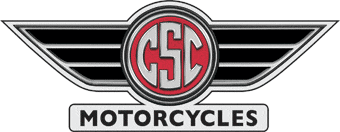
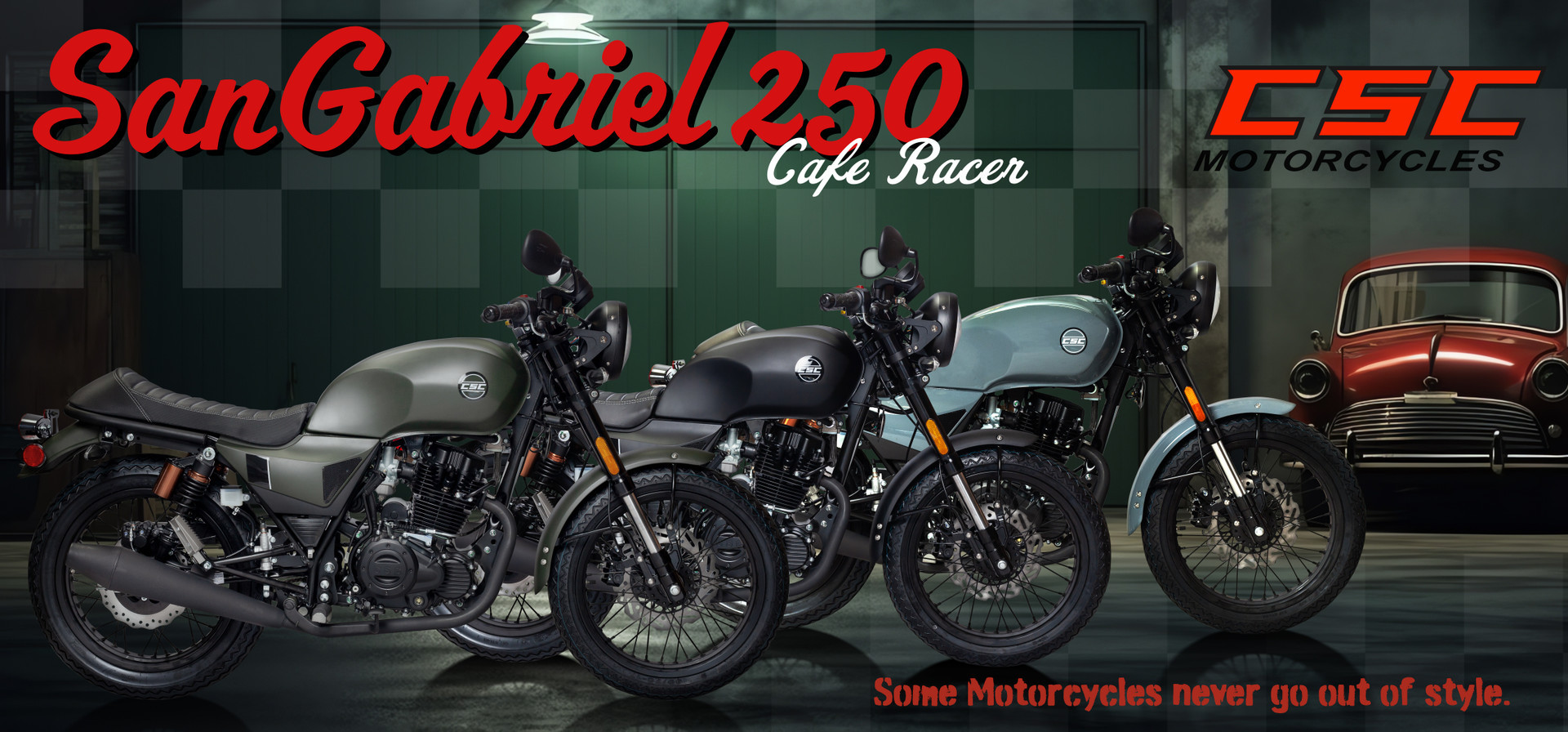
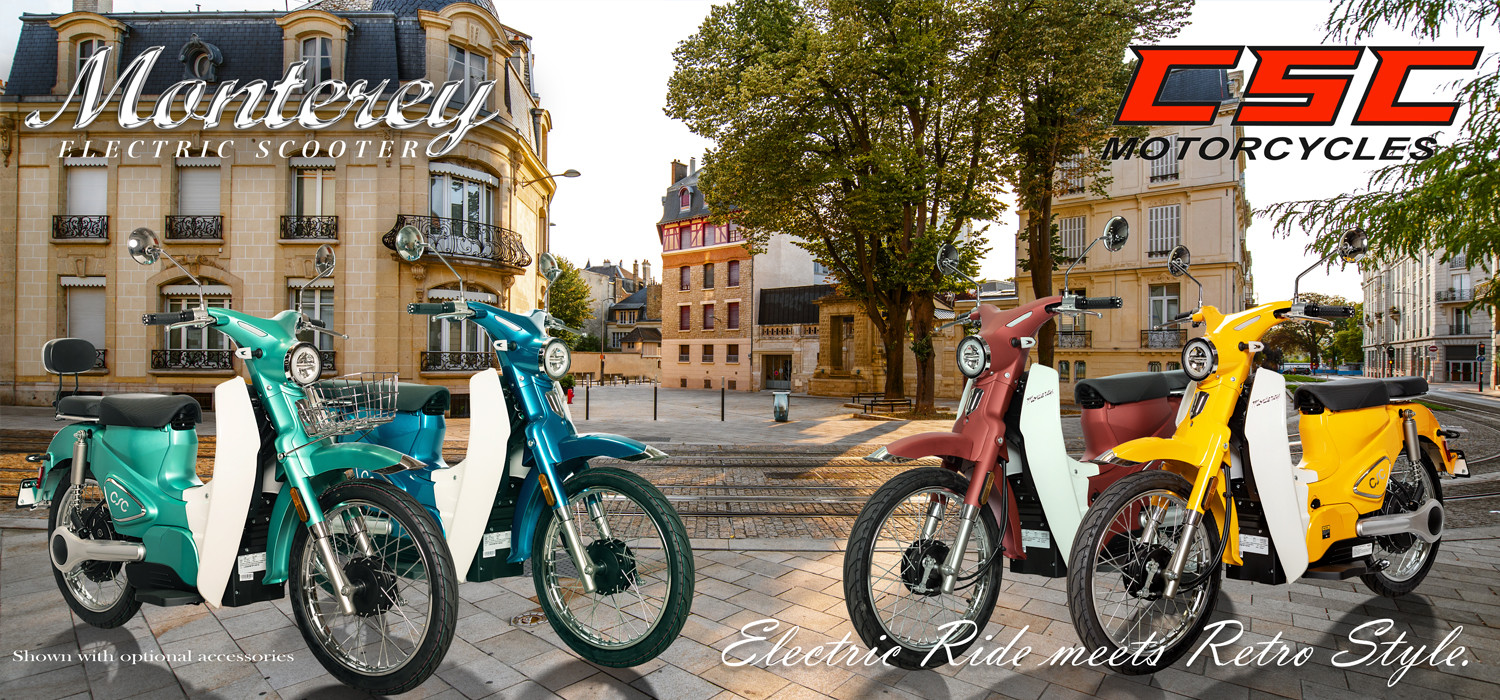
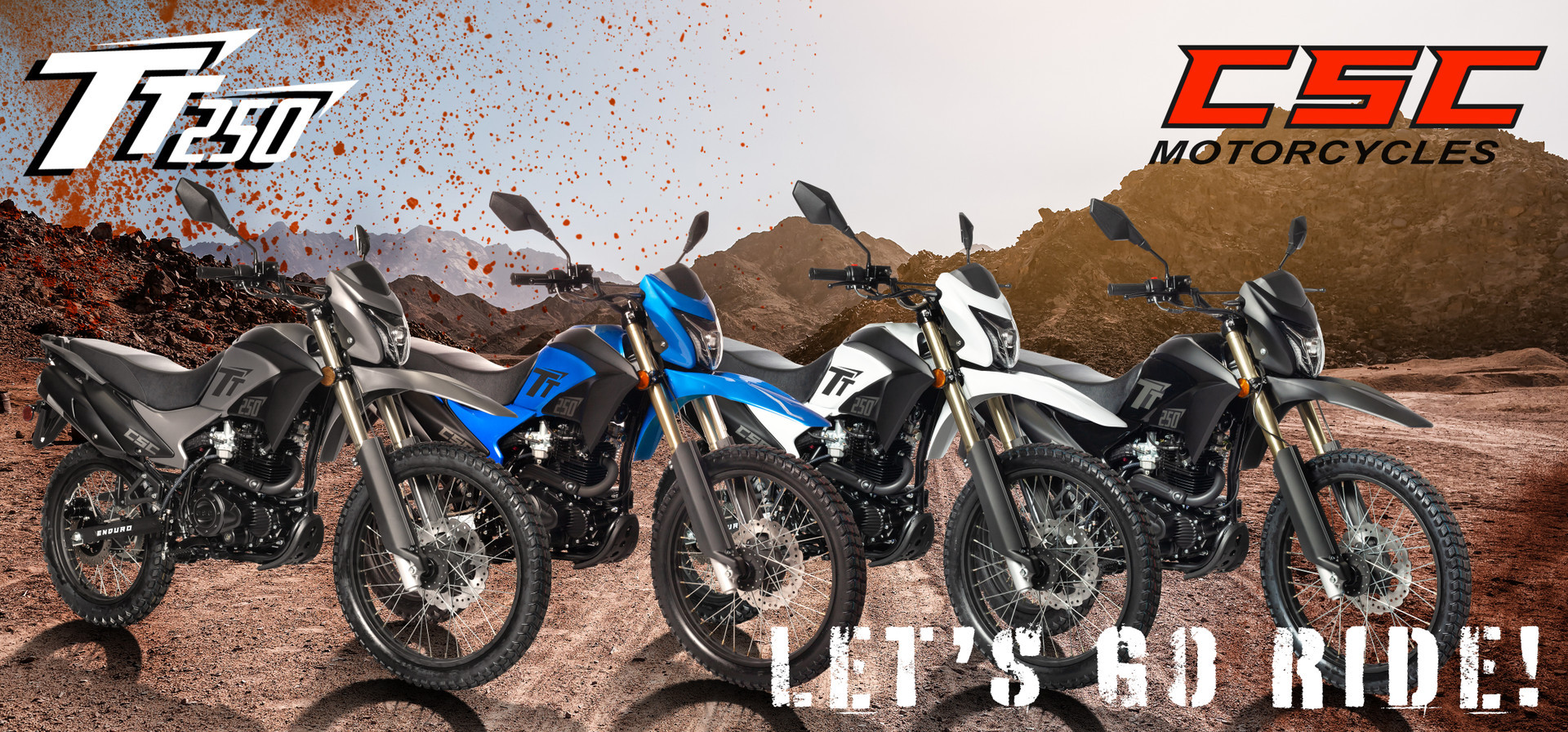
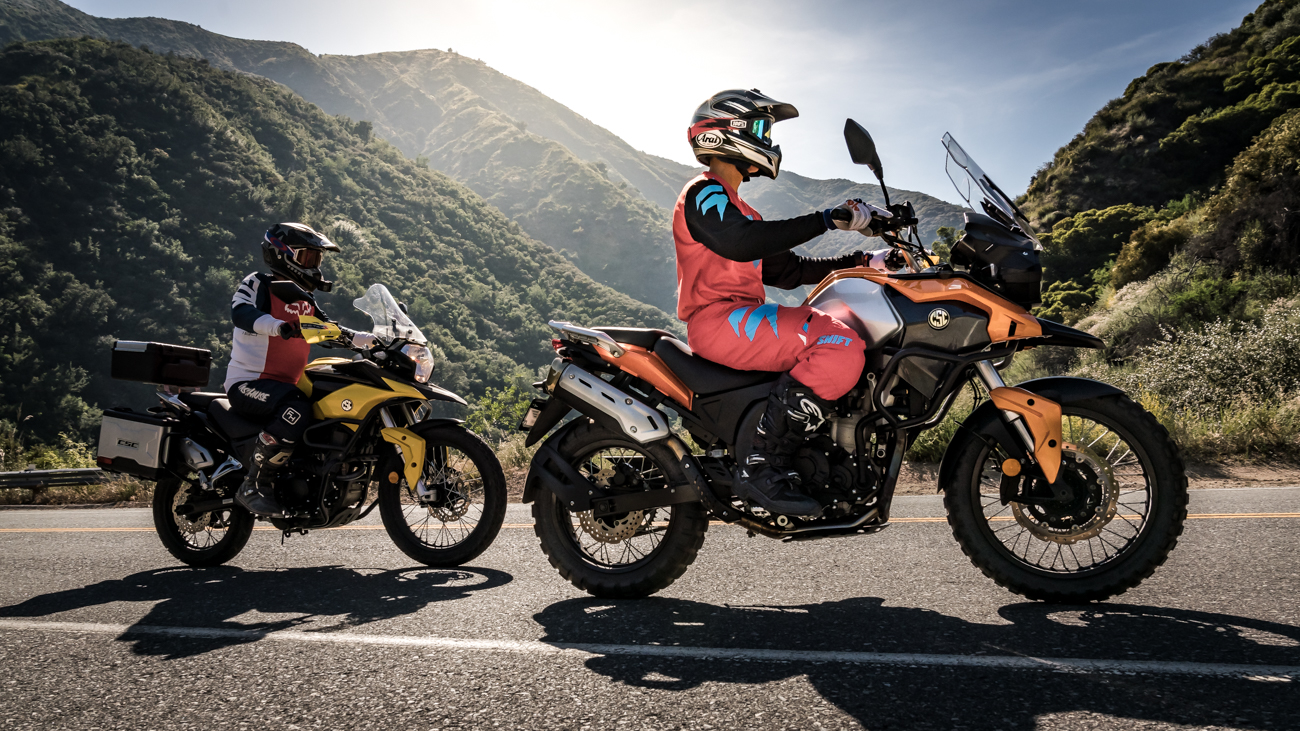


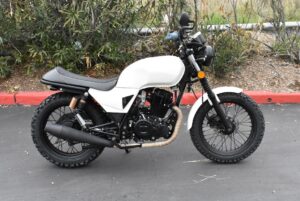
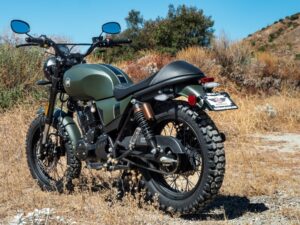
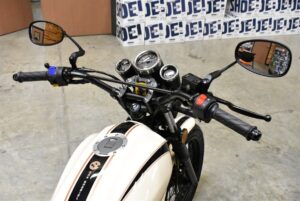
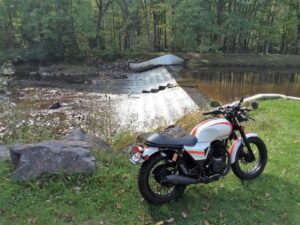
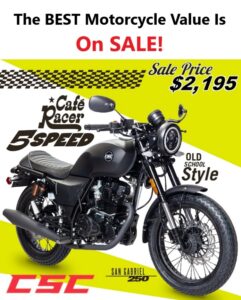
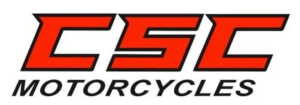
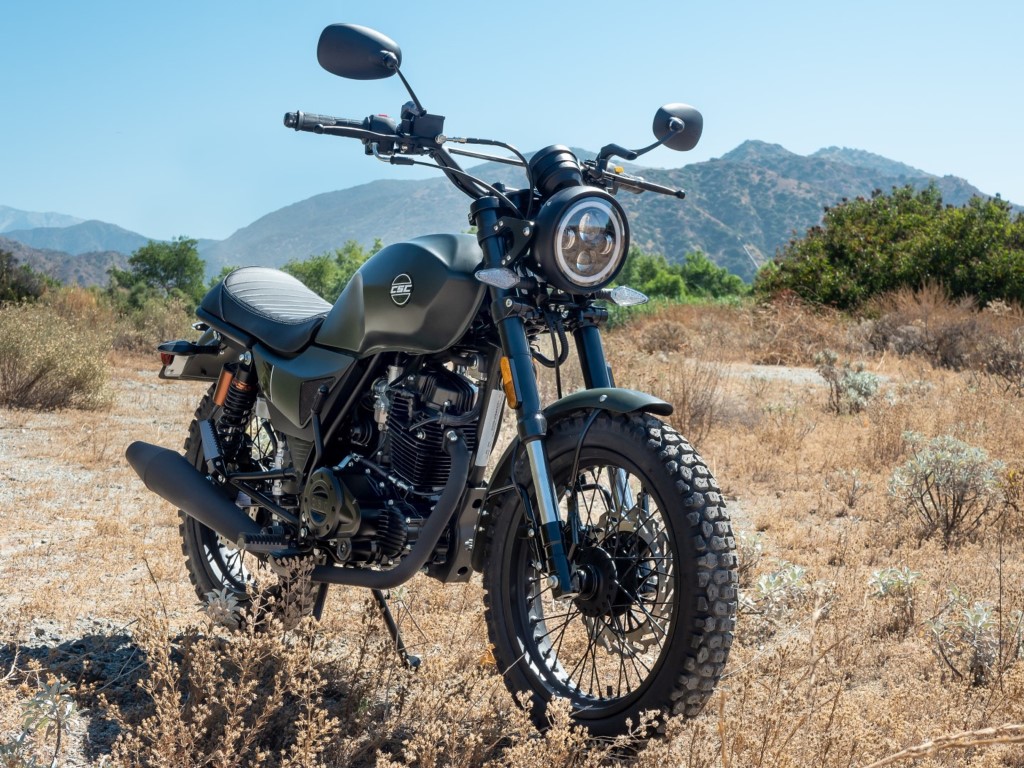
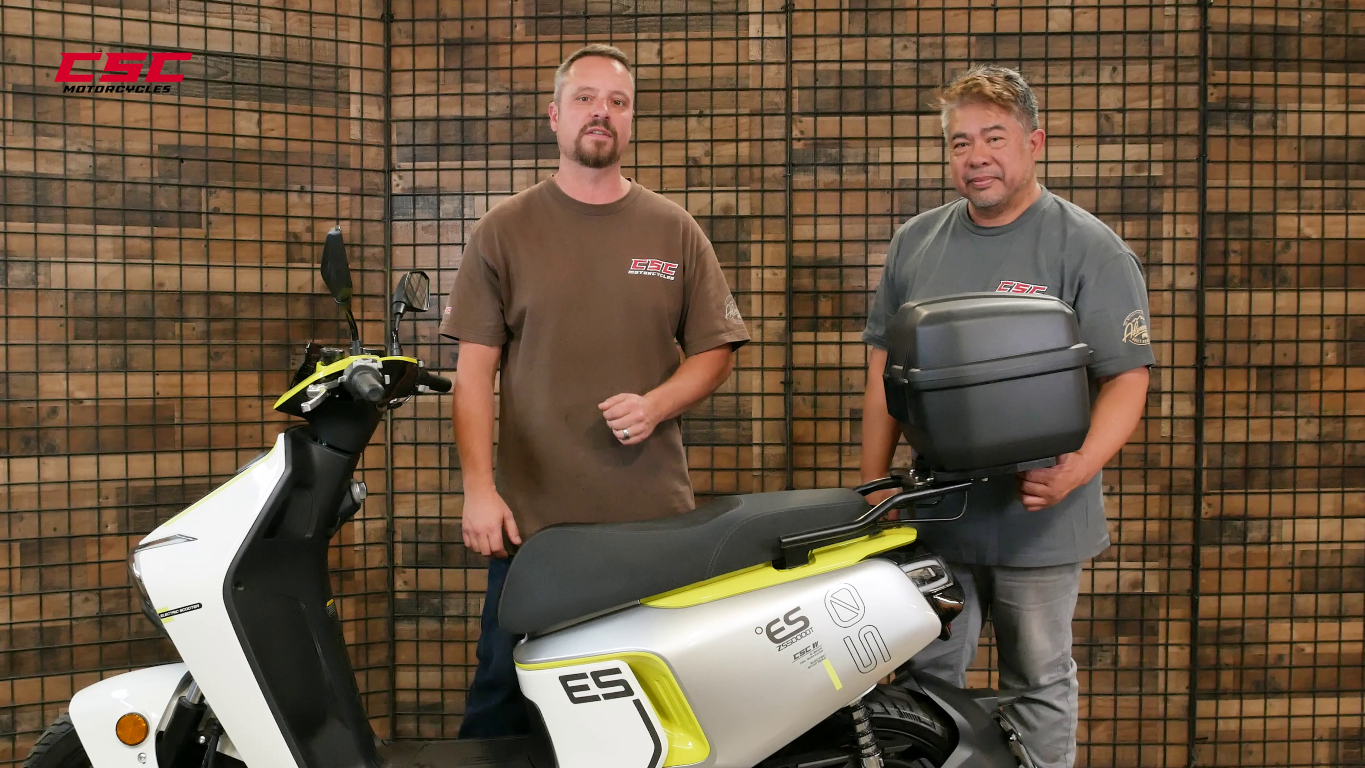
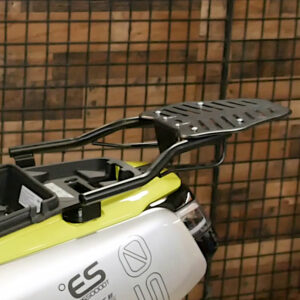




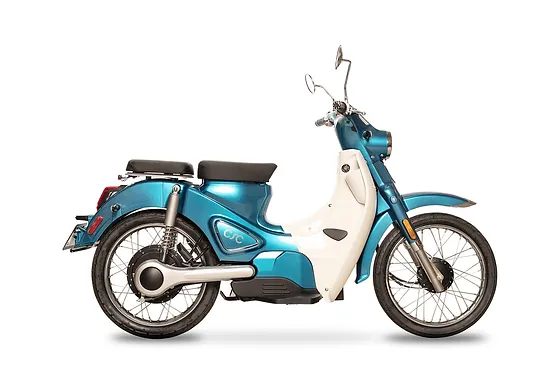
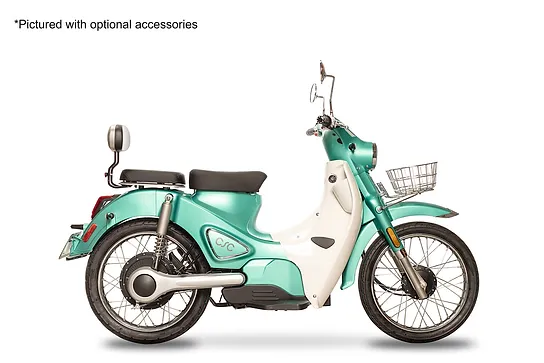
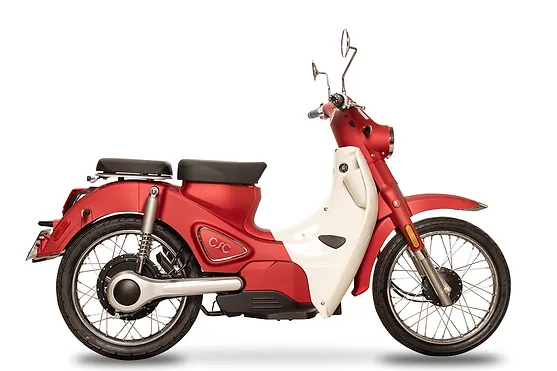
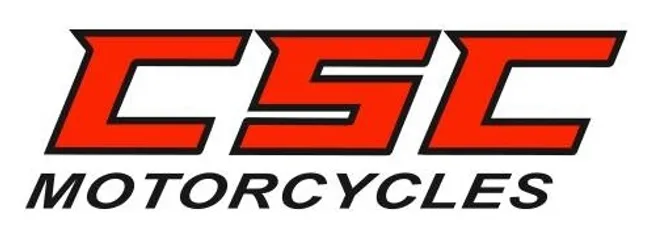


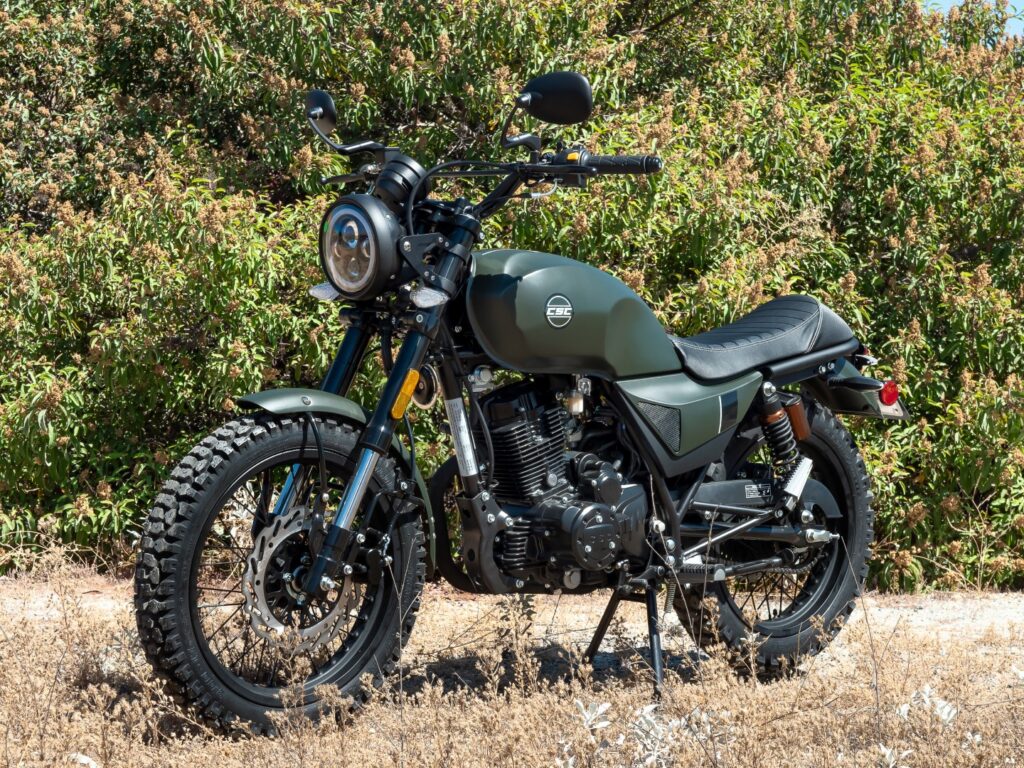
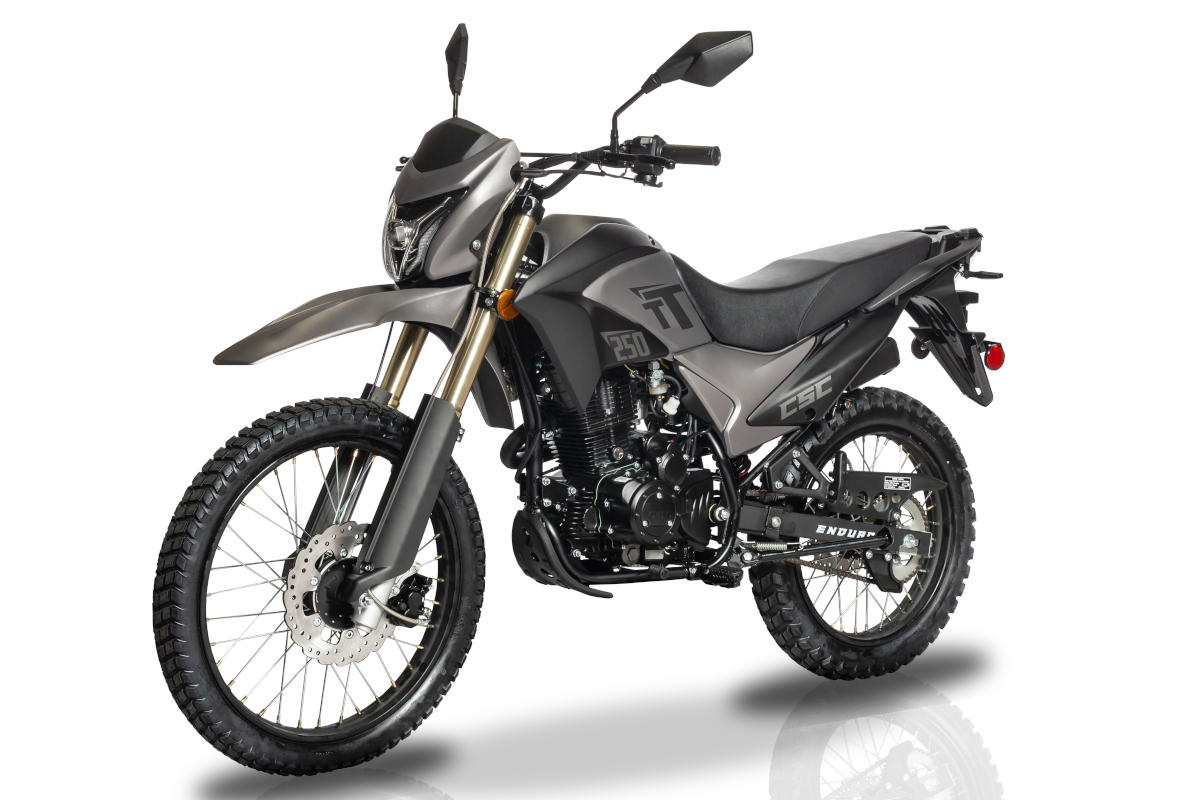 TT250 Enduro
TT250 Enduro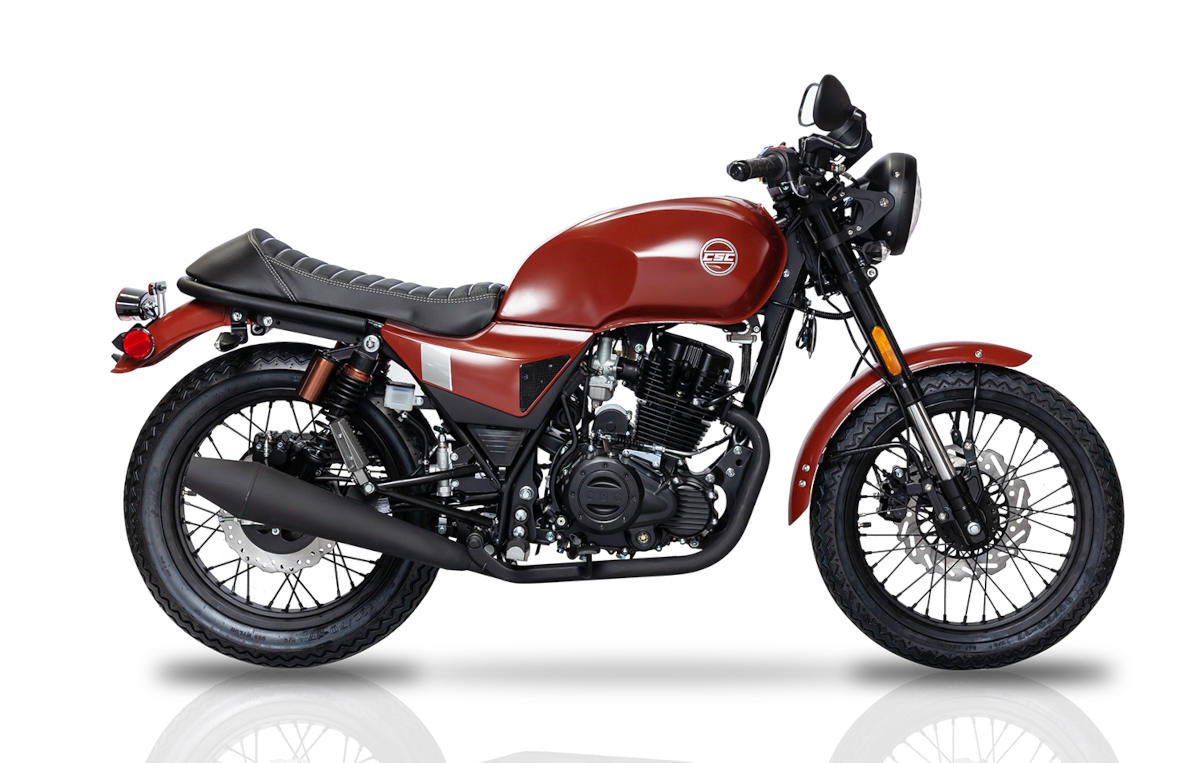 SG250 San Gabriel Cafe Racer
SG250 San Gabriel Cafe Racer